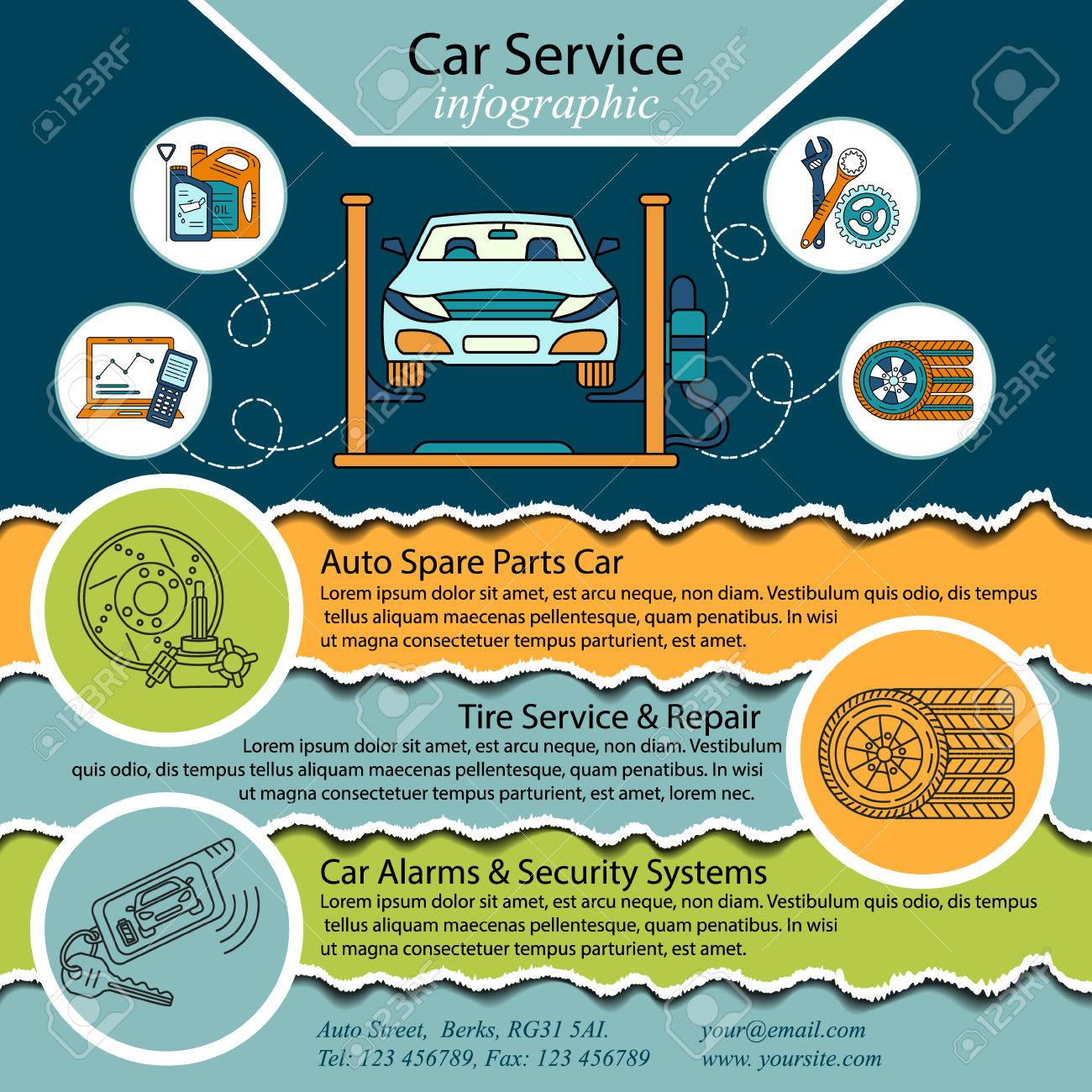Eager To Know What The Dashboard Warning Lights In Your Cars And Truck Symbolize? Explore Their Significances For The Wellness And Safety And Security Of Your Automobile
Eager To Know What The Dashboard Warning Lights In Your Cars And Truck Symbolize? Explore Their Significances For The Wellness And Safety And Security Of Your Automobile
Blog Article
Created By- headlight restoration near me
When you lag the wheel, those glowing caution lights on your dashboard can be a bit bewildering. Do you recognize what they're trying to tell you regarding your cars and truck's health? Recognizing the relevance of these lights is vital for your safety and the long life of your vehicle. So, the next time among those lights appears, would not you wish to analyze its message accurately and take the necessary steps to address it?
Common Warning Lights and Interpretations
Identify usual caution lights in your cars and truck and comprehend their significances to make certain risk-free driving.
The most typical caution lights consist of the check engine light, which indicates problems with the engine or emissions system. If this light comes on, it's important to have your car inspected immediately.
https://brake-shops84951.bloginder.com/30565892/interested-regarding-automobile-detailing-materials-discover-the-essential-tools-and-professional-suggestions-that-will-boost-your-outlining-abilities-as-a-beginner cautioning light indicates reduced oil pressure, requiring prompt interest to stop engine damages.
A flashing battery light might suggest a faulty charging system, possibly leaving you stranded otherwise addressed.
The tire pressure tracking system (TPMS) light signals you to reduced tire pressure, impacting car security and gas effectiveness. Ignoring this could result in dangerous driving problems.
The abdominal light indicates an issue with the anti-lock stopping system, compromising your capability to quit promptly in emergencies.
Last but not least, the coolant temperature level advising light warns of engine overheating, which can lead to serious damages if not dealt with quickly.
Understanding these typical caution lights will assist you resolve issues promptly and keep risk-free driving conditions.
Relevance of Prompt Focus
Recognizing the typical warning lights in your car is only the initial step; the relevance of immediately resolving these warnings can't be stressed sufficient to ensure your security when driving.
When a warning light brightens on your control panel, it's your vehicle's way of interacting a potential problem that needs focus. Neglecting these cautions can result in much more serious problems down the road, jeopardizing your safety and security and potentially costing you much more out of commission.
seatshampooforcar to cautioning lights can stop malfunctions and mishaps. For example, a flashing check engine light could show a misfire that, if left unattended, could trigger damage to the catalytic converter. Addressing this quickly can save you from a pricey repair service.
Likewise, a brake system cautioning light might signify reduced brake fluid or worn brake pads, critical elements for your safety when driving.
Do It Yourself Troubleshooting Tips
If you observe a caution light on your dashboard, there are a couple of do it yourself repairing ideas you can attempt prior to seeking professional help.
The first step is to consult your vehicle's manual to understand what the particular warning light suggests. Occasionally the concern can be as easy as a loose gas cap triggering the check engine light. Tightening the gas cap may resolve the trouble.
An additional typical problem is a reduced battery, which can cause different warning lights. Inspecting the battery links for corrosion and ensuring they're safe could fix the issue.
If a warning light lingers, you can try resetting it by detaching the auto's battery for a few mins and afterwards reconnecting it. In addition, examining your automobile's liquid degrees, such as oil, coolant, and brake fluid, can help repair advising lights connected to these systems.
Conclusion
Finally, understanding your automobile's warning lights is vital for keeping your automobile running efficiently and safely. By quickly addressing these notifies and recognizing what they mean, you can stay clear of costly fixings and potential break downs.
Keep in mind to consult your car's guidebook for specific information on each warning light and act accordingly to ensure a hassle-free driving experience.
Stay informed, remain secure on the road!
